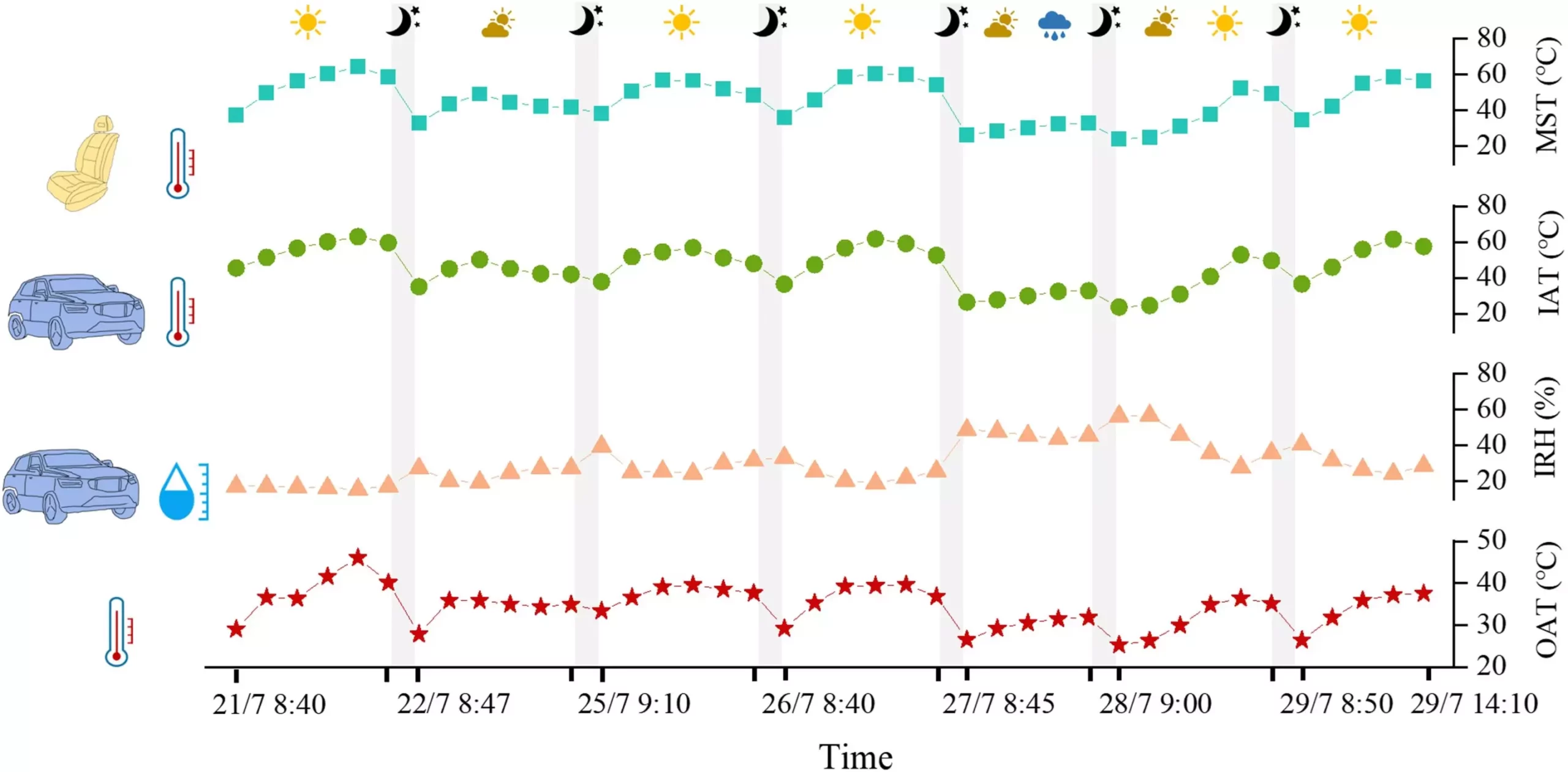Most car buyers can relate to the intoxicating aroma of a new vehicle—a blend of new materials, upholstery, and just a hint of industrial fragrance. This “new car smell” has become synonymous with innovation and cleanliness. However, recent research sheds light on the unsettling fact that what draws consumers in could also pose significant health risks. Volatile Organic Compounds (VOCs), including formaldehyde, are responsible for this smell, and their proliferation in modern vehicles raises serious questions about consumer safety.
The Health Risks of VOCs: Unmasking the Threat
In analyzing VOC emissions from newly manufactured cars, scientists have identified concerning levels of several hazardous substances. Formaldehyde, acetaldehyde, and hexaldehyde—compounds typically utilized in the production of interior materials—can lead to a variety of health issues ranging from headaches and irritation to more severe conditions such as lung disease and disorientation. When considering the prolonged exposure that many individuals experience during their daily commutes, the implications become even more alarming.
The research conducted by Jianyin Xiong, Shaodan Huang, and their team highlights the urgency of addressing these emissions, particularly in the context of rising global temperatures. As summer temperatures soar, the contained environment of a vehicle can exacerbate the concentration of these compounds, subjecting drivers and passengers to higher exposures than ever before.
Research Findings: A Wake-Up Call for the Auto Industry
In their groundbreaking study published in PNAS Nexus, the team collected data from several hot days, revealing that VOC levels often exceeded national health guidelines. For instance, while the Chinese national limit for formaldehyde stands at 100 µg/m³, their findings indicated values sometimes surpassing 200 µg/m³. Similarly, acetaldehyde levels exhibited similar red flags, with readings reaching up to 140 µg/m³ against a permissible limit of 50 µg/m³. These results should not just alarm consumers; they should also draw attention to the need for stricter regulations and transparency from the auto industry regarding the materials used in vehicle manufacturing.
Harnessing Technology for Safer Driving Environments
In an attractive yet unsettling twist to this narrative, the authors developed a machine learning model aimed at predicting the concentration of these harmful VOCs within vehicle cabins. Their findings emphasized that material surface temperature is a pivotal factor influencing VOC emissions. This innovation signifies a move towards smarter cars that could assess and adjust to indoor air quality, potentially mitigating risks for those inside the vehicle.
This approach could revolutionize vehicle safety standards, by integrating robust VOC monitoring systems directly into the car’s environment management control systems. Imagine driving a vehicle that automatically reduces the accumulation of harmful compounds on hot summer days—a game-changer for ensuring passenger well-being.
Consumer Education: A Necessity for Informed Choices
With mounting evidence illuminating the hidden dangers lurking in new cars, it is imperative for consumers to be well-informed about what they are purchasing. Car manufacturers should be held to higher standards of transparency regarding the materials they utilize, while prospective buyers should insist on accessing VOC data. Enhanced consumer awareness could pressure the automotive industry into a paradigm shift—focusing not just on aesthetic appeal and performance, but also on the health and safety of the occupants.
For a truly positive driving experience, buyers must understand that “new car smell” should not come at the cost of their health. The challenge lies not only in recognizing this pervasive issue but also in fostering a culture of accountability and innovation within the automotive industry.


Leave a Reply